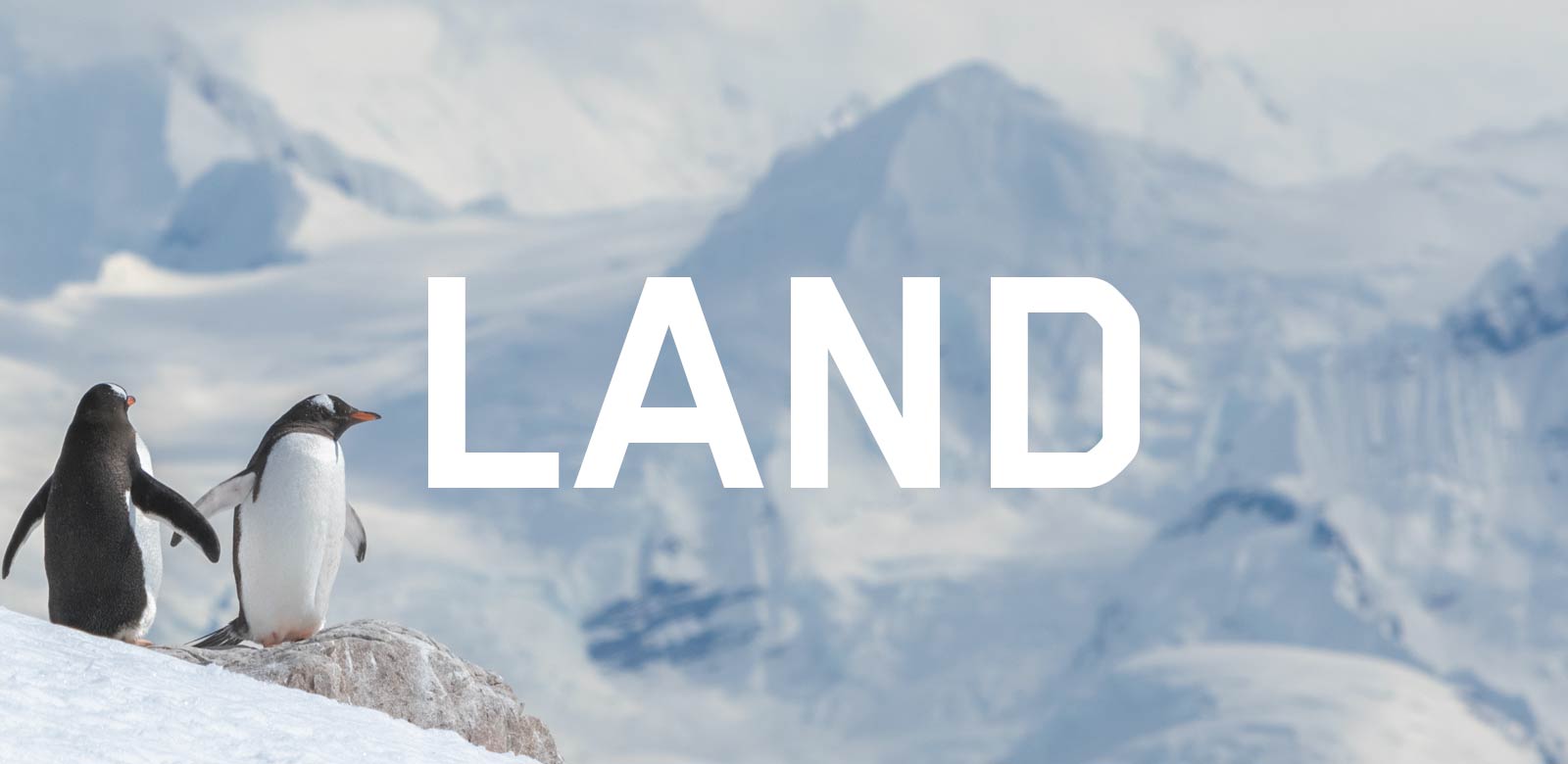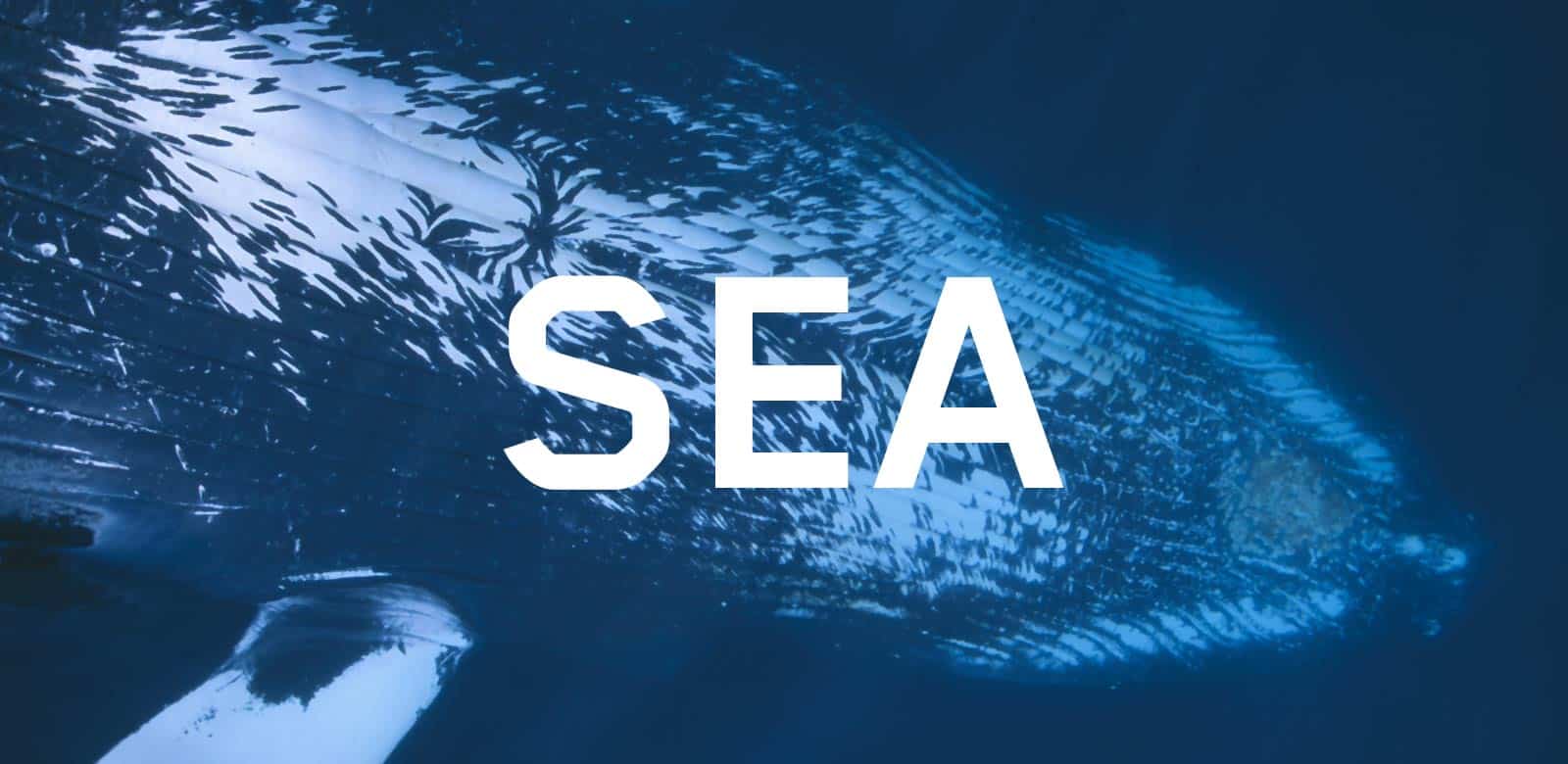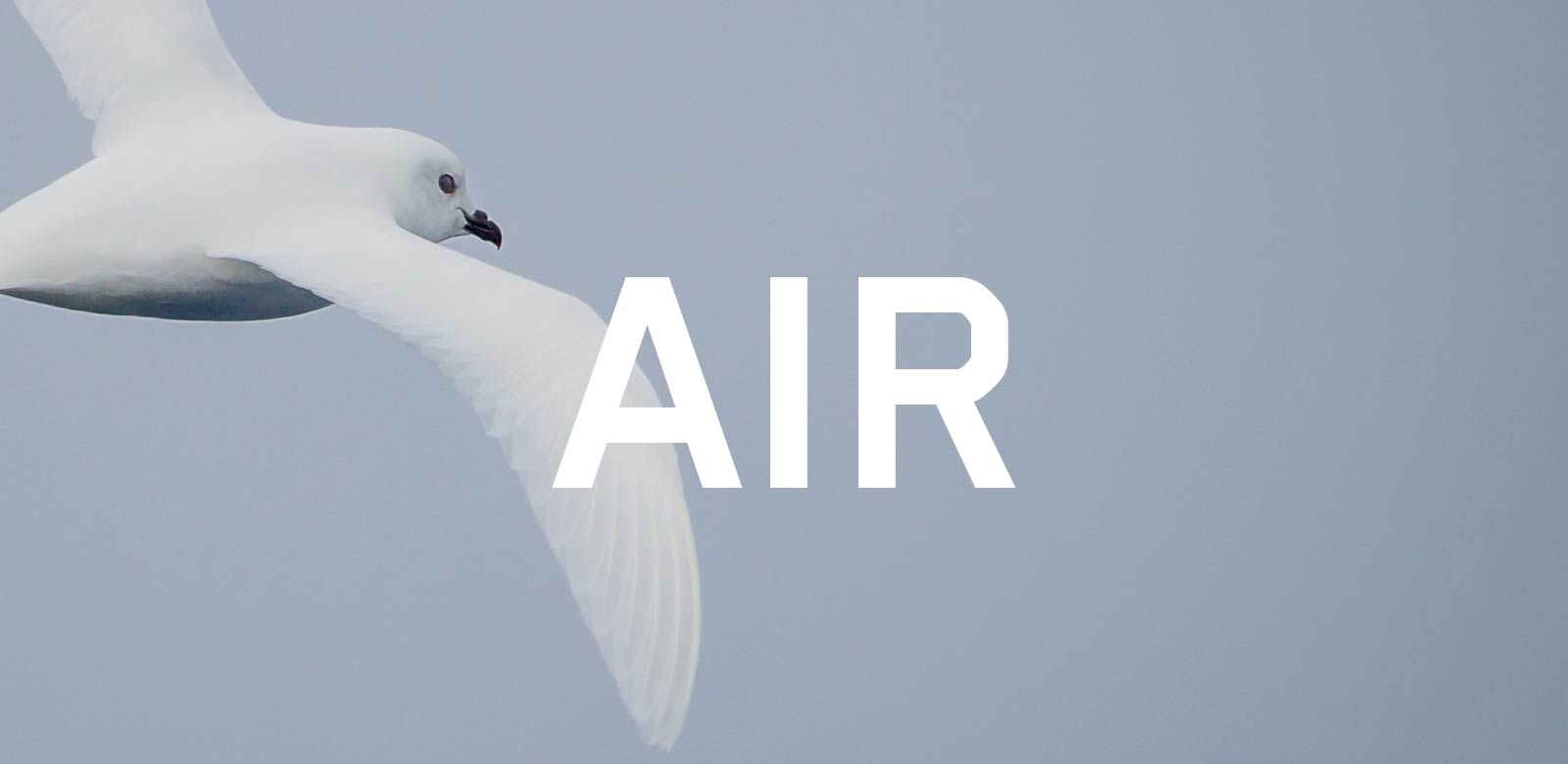
Putting you under pressure
As well as using resources, people have left more than just footprints in the hundred years or so since people first set foot on Antarctica. Even from the other side of the world we are polluting Antarctica’s precious environment – on land, in the sea and in the atmosphere.
Timed Activity
Putting YOU under pressure!
In groups of three, decide whether you would like to know more about pollution of the land, sea or atmosphere.
Whatever you choose, design a poster, using paper and thick felt tip pens.
-
Explain to other groups what the issues are and what is being done about it.
-
Use no more than TEN words!
-
Include diagrams, pictures, cartoons or symbols to get your message across.
But… you’ve only got 10 minutes!
When you’re ready, get more info by clicking on the image below that is for your topic, and then start the Activity Timer…
Some of the rubbish left in Antarctica has been there for over a century, left behind by explorers who abandoned equipment. Back then, a common way of getting rid of waste was called, “sea-icing”, pushing it out onto the sea-ice where it was left to drift away.Abandoned facilities also pose a special type of waste problem. Over time, the waste freezes and becomes embedded in the ice. Other waste heaps contain old batteries and rusting fuel drums that are gradually disintegrating and leaking poisonous chemicals into the ice and soil.
The ongoing operation of stations also impacts on the environment, with ice-free land changed by buildings, roads and airstrips. This can result in vehicles, aircraft and generators creating air and noise pollution that could stress wildlife and disrupt their breeding.
In 1991, it was agreed that explorers and scientists should take their rubbish away with them when they leave Antarctica, and today, no research stations dump waste out in the open. Some recycle their rubbish – the US Station at McMurdo has a recycling rate of over 90%, one of the highest rates for any settlement in the world!
Major clean-up projects for old sites are being undertaken by Australia at Thala Valley dump site and Wilkes Station. New Zealand and the United States are doing the same at their former station site at Cape Hallett. The UK is systematically removing its abandoned bases from the Antarctic Peninsula.
Human activities on land and in the water can impact the marine environment. Many research stations continue to release raw or partially separated sewage straight into the water. Bacteria and viruses from the sewage could affect both people and the organisms that live in the water. To make matters worse, some of these bugs may survive in seawater much longer than previously thought.
Sewage flowing into the sea contains high levels of nutrients like nitrates that can overload the marine environment. An overdose of nutrients can upset the balance in the ecosystem. In extreme cases, solid sewage can smother small sections of the sea floor, destroying the habitats of animals that live there. The dumping of chemicals, poisonous metals and detergents can cause untold damage too.
The increase in boat traffic in Antarctic waters has added to the risk of pollution. Intentional discharges of pollutants or rubbish are not allowed and sewage disposal is tightly controlled under the International Convention for the Prevention of Pollution from Ships, which applies in Antarctica. But with growing numbers of fishing boats and cruise ships carrying tourists to the continent, there is always the danger of ships being damaged or sinking.
This is what happened to the Argentine navy transport ship, Bahia Paraiso, on January 28th 1989. The ship was carrying tourists and supplies when it ran aground just three kilometres off the coast of Antarctica. Although no-one on board was injured a ten metre gash in the side of the ship released around 600,000 litres of diesel fuel and other pollutants into the surrounding water. The United States National Science Foundation found that the initial spill killed up to half the molluscs and algae at the water’s edge, but had little effect on life below the water. Some seabirds were affected, especially cormorants, which lost all their chicks that summer. Although the molluscs and algae recovered quickly, the cormorant and kelp gull populations have taken several years to return to normal. Environmentalists have warned that with increased shipping accidents like this are more likely in the future unless action is taken to prevent them.
By studying ice core samples scientists have discovered particles trapped in the ice that suggest pollution of Antarctica’s atmosphere is nothing new. But the situation could be getting worse.
While some of the pollution in Antarctica is from sources like vehicle exhausts and emissions from planes and helicopters transporting supplies, the vast majority of atmospheric pollution detected in Antarctica comes from elsewhere.
Scientists are trying to find new, alternative energy sources to fuel vehicles and to generate heat for the research stations in Antarctica. Even more important will be efforts in the rest of the world to reduce emissions. But attempts to reduce atmospheric pollution have a time delay before they begin to make a difference. This is well illustrated by the hole in the ozone layer above Antarctica, first discovered by British Antarctic Survey (BAS) scientists in 1985. The hole was caused by the release of chemicals like CFCs, once used to make fridges, spray cans, foam and other products.
With less ozone in the upper atmosphere more harmful rays of ultra-violet light reach the Earth’s surface, presenting real dangers to people’s health. If people aren’t properly protected they are at risk of serious sunburn and have a higher chance of developing deadly forms of skin cancer. Antarctica’s marine environment could be badly affected too. Increased ultra violet radiation threatens phytoplankton and the larvae of fish and shrimps in the water, which could have effects right through the food web.Covering an area of 22 million square kilometres, the ozone hole above Antarctica in spring 2005 was only slightly smaller than 2003’s record-breaker. Worryingly, measurements taken then by British Antarctic Survey scientists recorded only half the normal level of ozone expected over the Antarctic Peninsula and the Weddell Sea.
Many scientists believe that the situation would be much worse without the 1989 Montreal Protocol, the agreement signed by 80 countries to begin phasing out the use of CFCs and other gases that cause the break-up of the ozone layer. Yet gases like CFCs linger in the atmosphere for decades so they continue to cause damage long after they are released. Even if the world stopped using these substances tomorrow, it could still take until 2050 before the ozone hole disappears.
When your 10 minutes is up…
-
Elect one member of your group to stay put, ready to explain the ideas on your poster.
-
You can only ANSWER QUESTIONS – not give extra information.
-
If you are one of the others, take a pen and paper and circulate the room. Ask questions to find out about one of the other two kinds of pollution that threatens Antarctica.
But… you’ve only got 5 minutes!
-
When you’re ready, Start the timer!
When 5 minutes is up…
-
Return to your group. If you visited other groups, feed back to the other two what you have found out.
-
As a group, how much do you know now?










